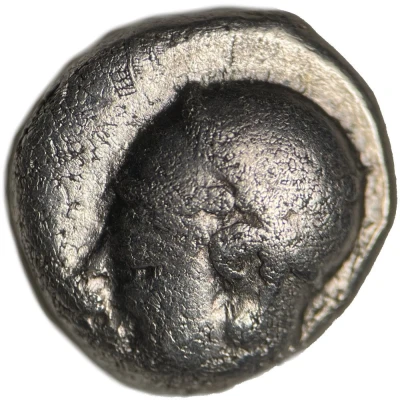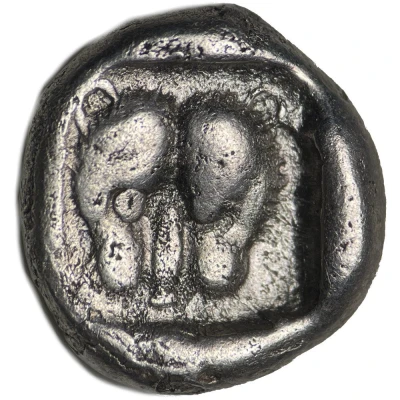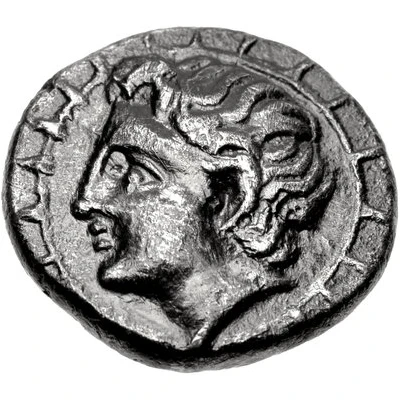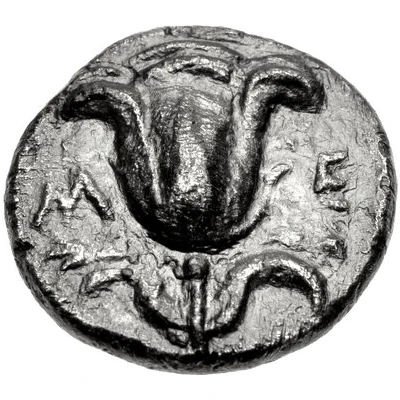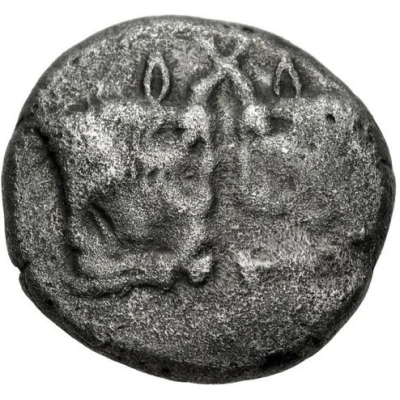
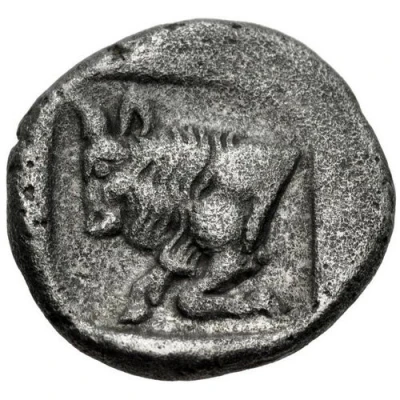

© Classical Numismatic Group, Inc.
Hemidrachm 450 BC - 400 BC
| Silver | 1.7 g | 12.5 mm |
| Issuer | Uncertain Carian city |
|---|---|
| Type | Standard circulation coin |
| Years | 450 BC - 400 BC |
| Value | Hemidrachm (½) |
| Currency | Drachm |
| Composition | Silver |
| Weight | 1.7 g |
| Diameter | 12.5 mm |
| Shape | Round (irregular) |
| Technique | Hammered, Incuse |
| Orientation | Variable alignment ↺ |
| Demonetized | Yes |
| Updated | 2024-10-09 |
| Numista | N#411894 |
|---|---|
| Rarity index | 97% |
Reverse
Forepart of bull to left.
Comment
various catalogs list this either as Diobol or Hemidrachm
Interesting fact
The Hemidrachm coin was used in ancient Caria, which is now modern-day Turkey, and it was a significant trade coin in the ancient Greek world. It was first introduced by the ancient Greeks in the 5th century BC and was widely used until the 3rd century BC. The coin's design featured the head of a lion on one side and an inscription on the other side that read "Hemidrachm of the Carian City." The coin was made of silver and weighed around 1.7 grams, making it a valuable and highly sought-after currency in its time.
